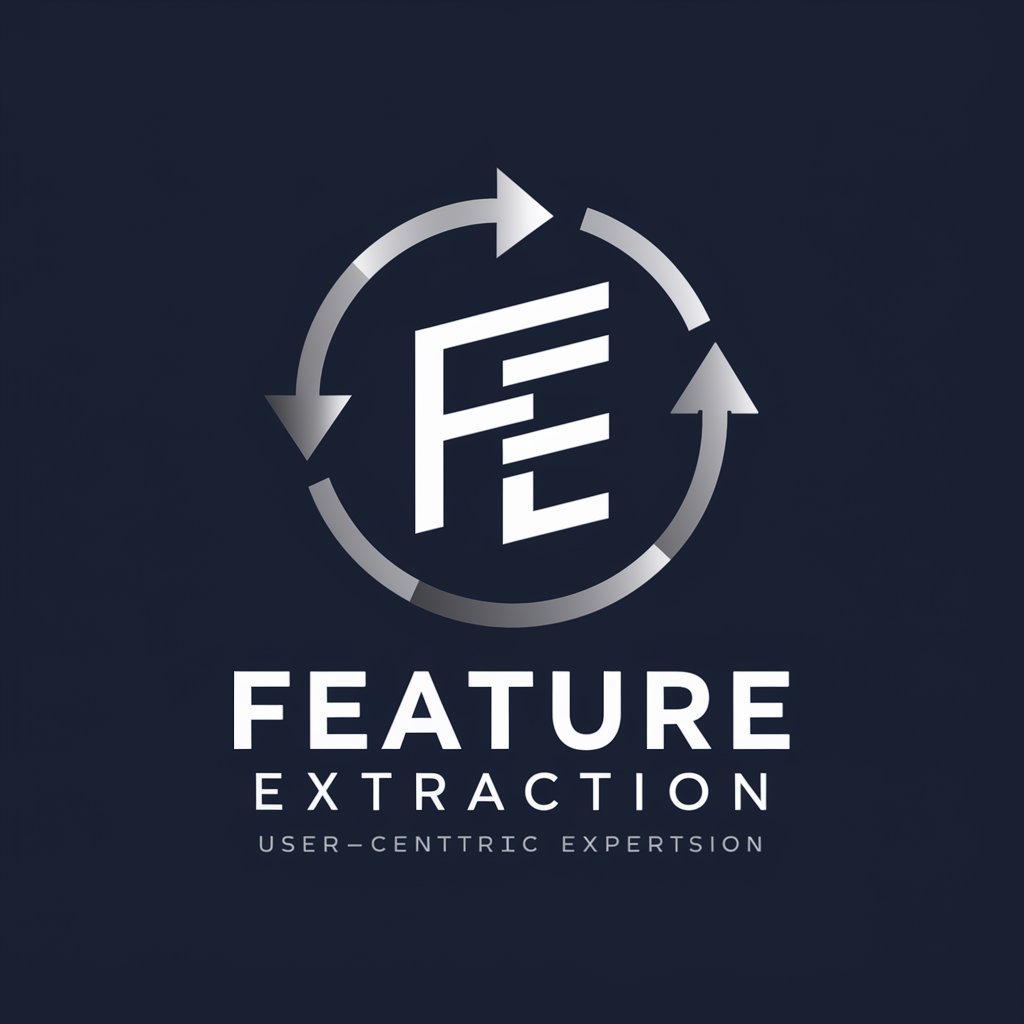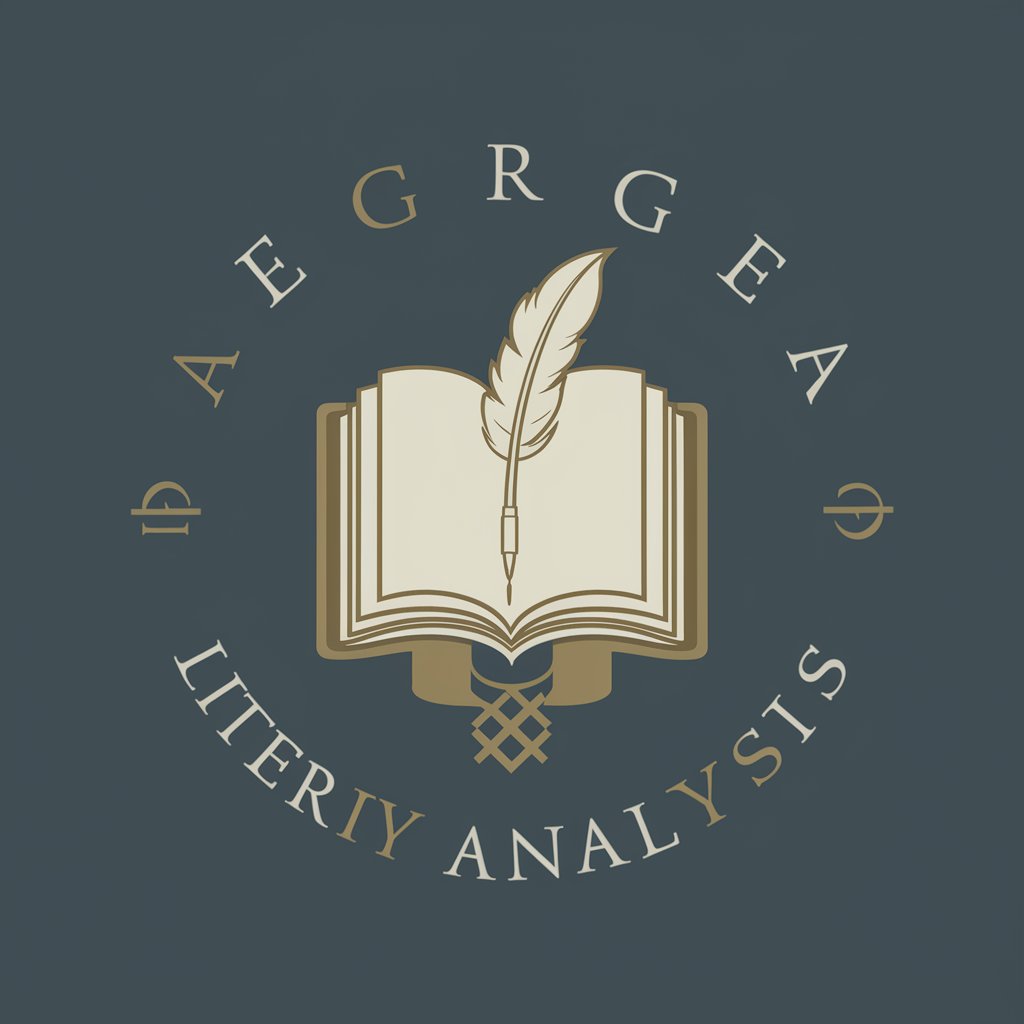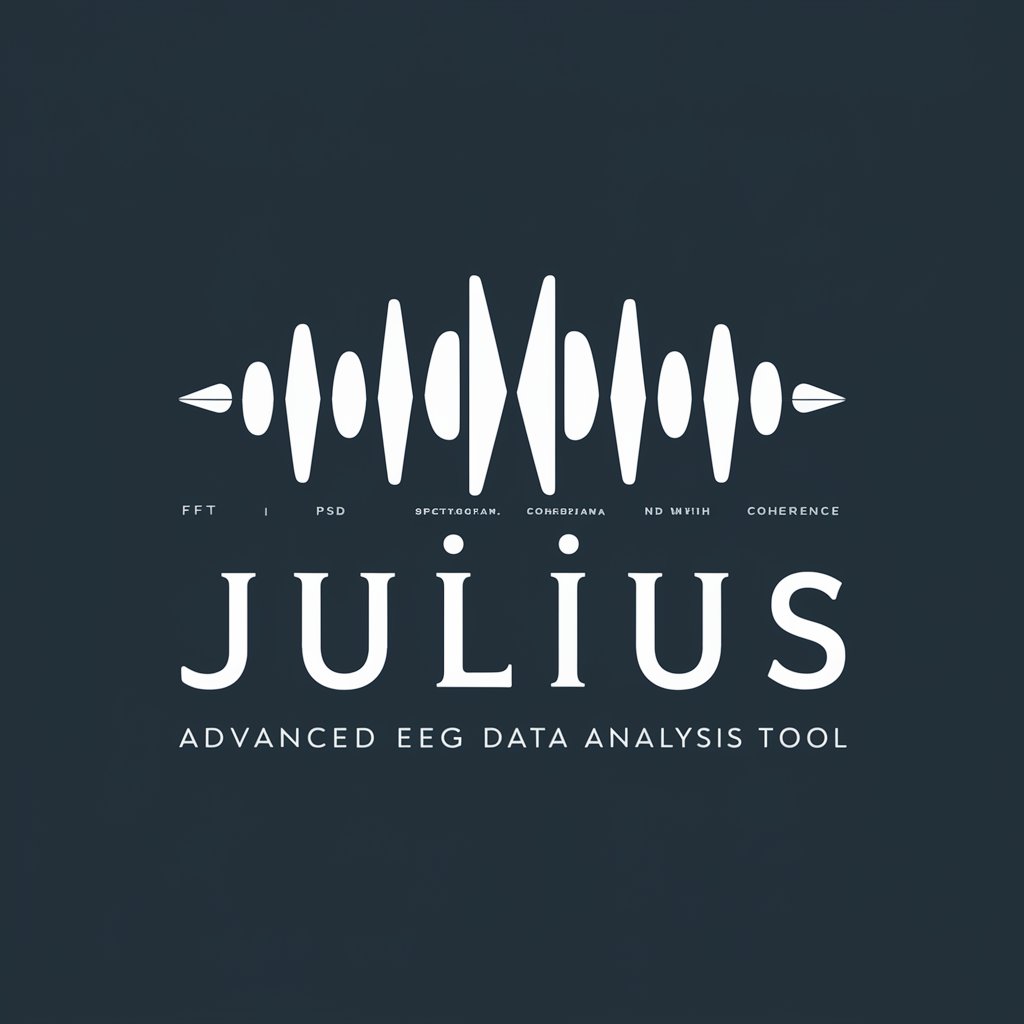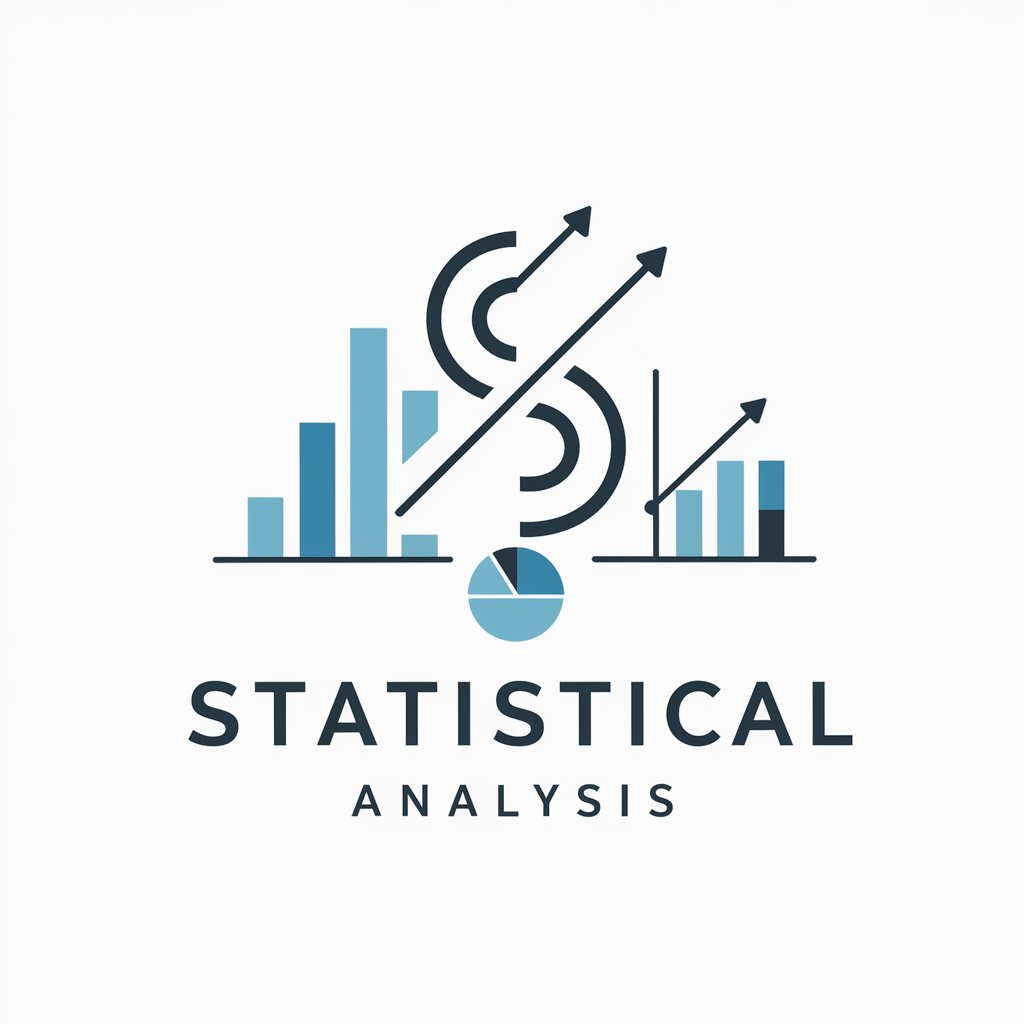Feature Extraction - AI-driven Data Insights

Hello, I'm here to help with feature requirements.
Unlock insights with AI-powered analysis
Define the initial feature description for a new software tool...
List the user stories and use cases for a feature that...
Describe the business justification for implementing a feature that...
Identify the technical requirements needed to develop a feature that...
Get Embed Code
Introduction to Feature Extraction
Feature Extraction is designed to act as an expert business requirements gatherer, focusing on translating user needs into detailed software feature specifications. Its core purpose is to bridge the gap between conceptual ideas and actionable technical requirements, ensuring that software solutions meet the users' and business's needs effectively. By utilizing a systematic approach, Feature Extraction excels in collaborative problem-solving, user-centric design, systemic thinking, business acumen, technical prowess, and effective communication. For instance, when a business aims to improve its customer service portal, Feature Extraction would dissect the project into specific, detailed features such as enhanced chat support, feedback collection modules, and user experience improvements, ensuring each element aligns with the overarching business goals. Powered by ChatGPT-4o。

Main Functions of Feature Extraction
Collaborative Problem-Solving
Example
Facilitating a session where IT and marketing teams define features for a new email campaign tool.
Scenario
In this scenario, Feature Extraction would guide discussions to ensure all voices are heard, reconcile differing opinions, and outline a set of features that serve both the technical requirements and the campaign's marketing goals.
Translating User Needs into Features
Example
Converting feedback from a user survey into enhancements for a mobile app.
Scenario
Here, Feature Extraction would analyze the survey data to identify common user pain points and wishes, then articulate specific, prioritized features that address these needs, such as improving navigation or adding new content sections.
Business Acumen and Technical Prowess
Example
Assessing a proposed feature's business impact and technical feasibility.
Scenario
When presented with a request to add an AI-based recommendation engine to an e-commerce platform, Feature Extraction would evaluate the potential revenue increase, user engagement benefits, and the technical requirements and challenges involved in implementing such a feature.
Ideal Users of Feature Extraction Services
Product Managers
Product managers can leverage Feature Extraction to translate their vision and strategy into concrete, actionable feature sets, ensuring that development efforts align with business objectives and market demands.
Development Teams
Development teams benefit from Feature Extraction by receiving well-defined feature requirements and specifications, which help in planning, estimation, and implementation, reducing ambiguities and enhancing productivity.
Business Stakeholders
Business stakeholders, including executives and department heads, can utilize Feature Extraction to ensure that software projects support broader business goals, improve operational efficiency, and deliver measurable value.

How to Use Feature Extraction
1
Start by visiting yeschat.ai for a complimentary trial, no signup or ChatGPT Plus required.
2
Explore the available features and select 'Feature Extraction' to begin analyzing your data.
3
Upload or input your dataset. Ensure your data is clean and formatted correctly for accurate analysis.
4
Configure your extraction parameters, such as the type of features you're interested in or specific algorithms you wish to apply.
5
Run the extraction process and review the output. Use the extracted features for further analysis, modeling, or insights generation.
Try other advanced and practical GPTs
Osint Analysis
Unlock insights with AI-powered analysis

Literary Analysis
AI-powered Deep Dive into Literature

EEG Analysis
Decipher Brain Waves with AI

Metagenomics Analysis
Unveil microbial secrets with AI power

Friendly Neighborhood CISO
Empowering Cybersecurity with AI

Friendly Neighborhood Pastor
Your Virtual Pastor, Powered by AI

Fundamental Analysis
Empowering investment decisions with AI.

Statistical Analysis
Empowering Decisions with AI-Driven Statistics

Visual Muse
Crafting Your Vision with AI

Copywriting Wizard
Unleashing Creativity with AI-driven Copy

Copywriting Mentor
Craft compelling content with AI

Copywriting Coach
Empower Your Words with AI

Feature Extraction FAQs
What is Feature Extraction and how does it work?
Feature Extraction involves transforming raw data into a set of characteristics or attributes that can be more easily analyzed or modeled. It reduces the dimensionality of data by selecting the most relevant features, which improves the efficiency of data processing and enhances model performance.
Can Feature Extraction be applied to any type of data?
Yes, Feature Extraction can be applied to various data types, including text, images, and numerical data. The approach and algorithms used may vary depending on the data type and the specific requirements of the analysis.
What are common use cases for Feature Extraction?
Common use cases include natural language processing (NLP) for text data, image recognition and classification in computer vision, and enhancing predictive modeling by selecting relevant features from numerical data.
How can I improve the accuracy of Feature Extraction?
Improving accuracy can involve fine-tuning extraction parameters, using more sophisticated algorithms tailored to your specific data type, and ensuring your input data is high-quality and well-prepared.
What are the benefits of using AI-powered Feature Extraction tools?
AI-powered tools can automatically identify and extract relevant features, saving time and effort compared to manual selection. They can also uncover complex patterns in data that might not be immediately apparent, leading to more insightful analyses and better decision-making.
